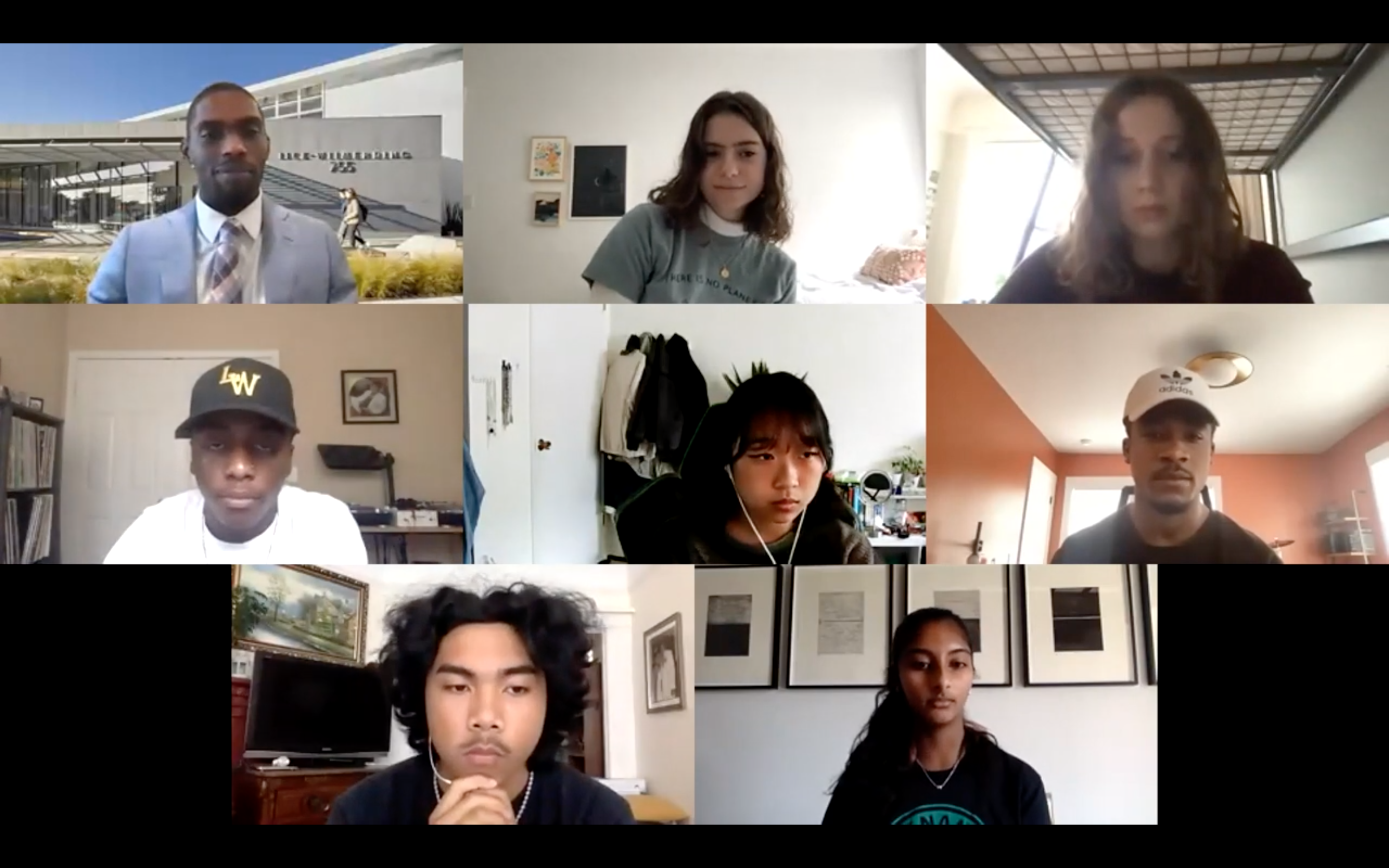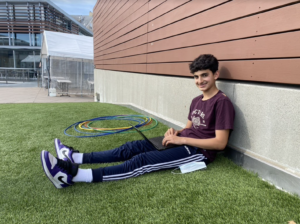From attending open houses and student panels to taking standardized tests, the high school admissions process for independent and parochial schools has historically occupied much of the free time of eighth graders who are applying.
In considering an applicant, independent and parochial high schools in the Bay Area use standardized test scores — such as from the Secondary School Admissions Test (SSAT), High School Placement Test (HSPT) and Independent School Entrance Examination (ISEE) — in addition to a written application composed of short answer questions, essays, an interview and teacher recommendations.
Applications are due in the winter and acceptance letters are not sent out until the spring, similar to the college application process.
On the other hand, most San Francisco Unified School District (SFUSD) schools place students through a lottery system. The system randomly selects a school, looks at students who have listed this school as one of their choices and then places them based off of sibling preference (if the student already has a sibling at the school), Census Tract Integration Preference (kids who live in parts of the city with the worst testing scores) and attendance area (kids who live in the designated area of the school).
Some high school students said the independemt admissions process helped them to understand themselves better and prepared them for the college admissions process. Others, however, said the admissions process put them under tremendous pressure.
Davion Fleming, the Director of Admissions at Lick-Wilmerding High School, wishes the process was not so stressful for eighth graders, but also thinks it is a beneficial process to go through and wishes he had gone through it himself.
Fleming said that the admissions process in the Bay Area supports students in developing “a certain amount of agency to say, ‘Hey, these are the things that I love about myself and love about the world… and I am going to be able to bring these things to this community.’”
He wishes people viewed the high school process not as a competition but with the goal of finding a school that is a good fit for them as an individual, rather than choosing a school by reputation and measuring their entire self worth on whether or not they get into that school.
LWHS sophomore Havana Alcantar ’24 described some of the stress they faced in their high school process.
“I didn’t really have anyone to look for (at independent high schools), except for my sister,” they said, referencing their ability to learn about independent high schools and ask questions about the admissions process.
Alcantar came from Buena Vista Horace Mann, a public middle school that taught students about applying to high schools within SFUSD as opposed to independent and parochial schools in the Bay Area. Alcantar had little support as a middle schooler at a public school looking to apply to independent high schools, aside from having a sister who attended and went through the process to apply to University High School.
Twins Katie Flemming ’24 and Carter Flemming ’24 came from a competitive private school environment, the Katherine Delmar Burke School. Their school had high school counselors who supported the students in applying to high schools, regardless of their future schools classification as independent, parochial or public.
Katie Flemming said that being a twin not only impacted her parents’ expectations but also her own personal goals and standards. “She (Carter) was always motivated and I struggled with motivation, so I found myself comparing myself to her a lot,” Flemming said.
Erika Tam ’22 said she thinks the high school admissions process helped her to prepare for the college admissions process. “The overall process of looking at schools, finding what you like and seeing yourself at different schools helps,” she said. “You learn a lot about yourself during the process, writing about yourself and finding how you stand out.”
Kylie Gursky ’22 also thought the high school admissions process was beneficial to have gone through now that she is working on college applications. “I’m honestly less stressed, going into these than I was applying to high school, because I’ve done it before,” they said.
However, Gursky thinks going through the high school process was not as helpful in terms of getting to know herself better. “I feel like I was just trying to write base-level stuff, knock it out. I don’t feel like I dug too deep.”
Due to the pandemic and the necessity of holding virtual admissions events, the high school process has undergone many changes. The changes made during the pandemic may have helped to improve the process and ease stress levels.
Ruth Katz is a parent of both independent and public school kids in the Bay Area. Her oldest son, Julian Rapaport, is a junior at Lowell High School and went through the high school application process before the pandemic began. He also applied to many independent schools and went through both pre-pandemic processes. Her younger son, Manu Rapaport ’25, currently attends LWHS and went through the application process during the pandemic.
Katz described how some adaptations of the application process made during the pandemic were beneficial. “Panels held during the virtual year enabled schools to invite students who had graduated and were in college to participate. So we didn’t just get to see students who were there at the high school. We got to see students who had graduated from the school and gone off to college,” Katz said. “I found that it really deepened the experience… and I really enjoyed that.”
For Katz, another benefit to the switch to virtual was a less disruptive process. “It reduced the stress so much, which I really appreciated,” she said. Not having to physically attend certain introductory events smoothed over the process for Katz’s family. She found that most introductory sessions also worked just as well online.
However, Katz said she missed the ability to spend time on campus. “The fact that Manu got to walk on campus maybe once before he went to the school was a problem. The fact that I have still never been there is a real bummer. So if there was a way to create a hybrid experience that combined the best of both, I think that would be best,” she said.
In fact, this kind of hybrid experience seems to be the future of admissions processes, and outgrowth of the pandemic experience. During the pandemic, LWHS made tours and open houses virtual, brought back alumni for student panels, hosted virtual interviews and eliminated all standardized testing.
These changes have the ability to make the admissions process accessible in a way they were not before the pandemic.
The new restructured process would allow eighth graders to truly explore themselves through the process with far less pressure than previous years.







